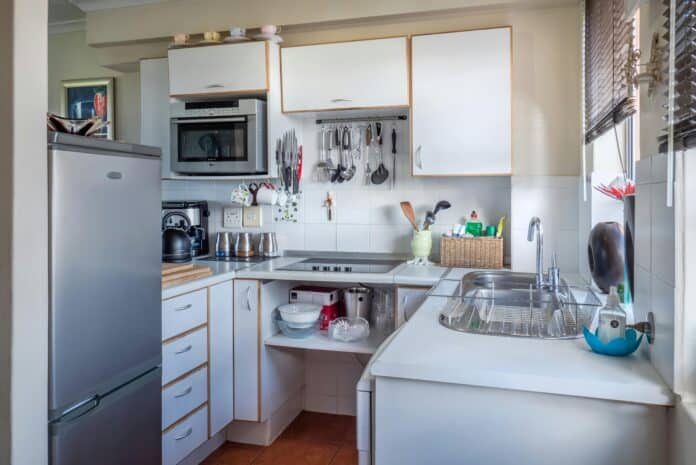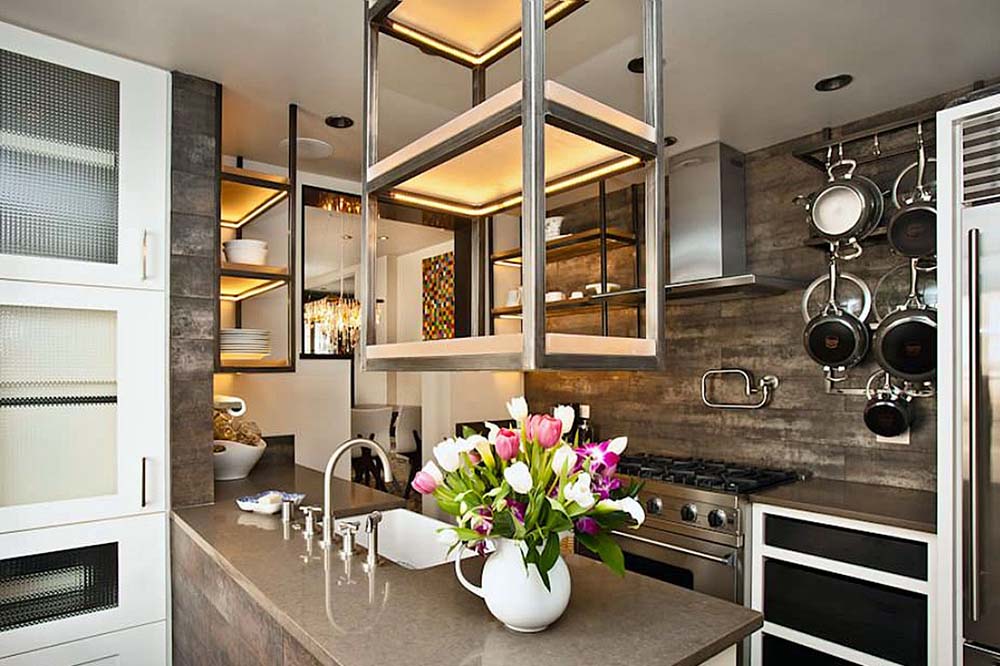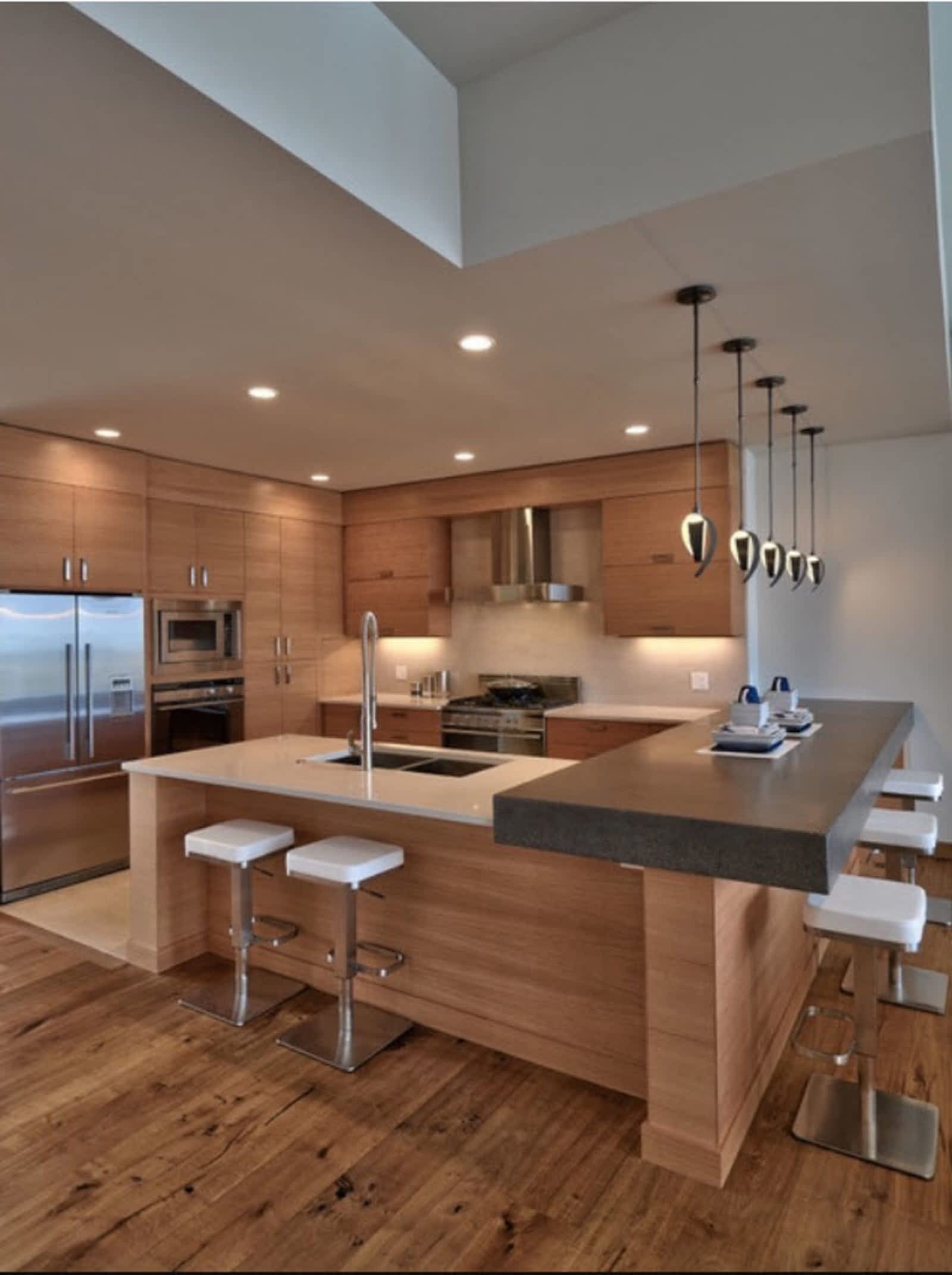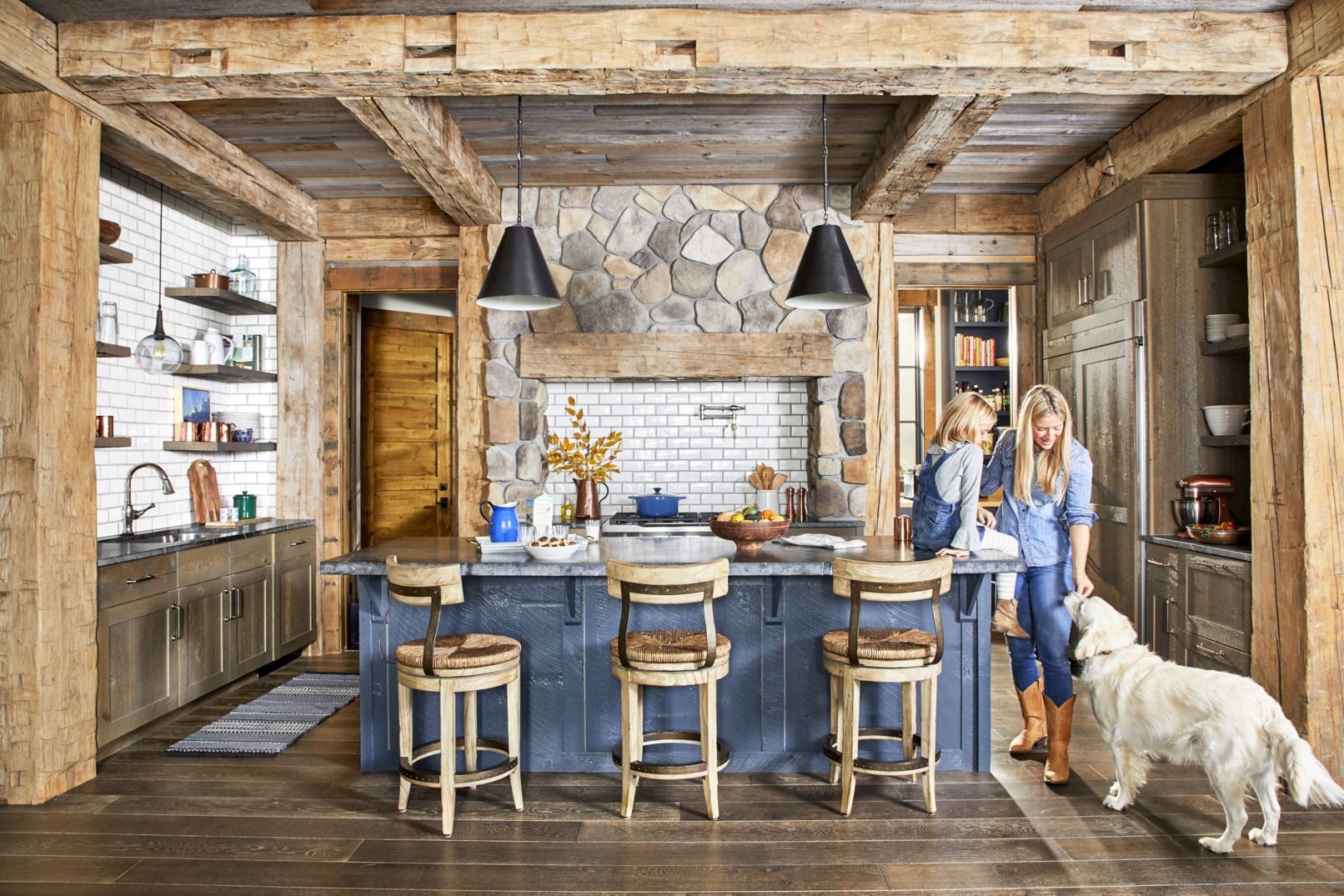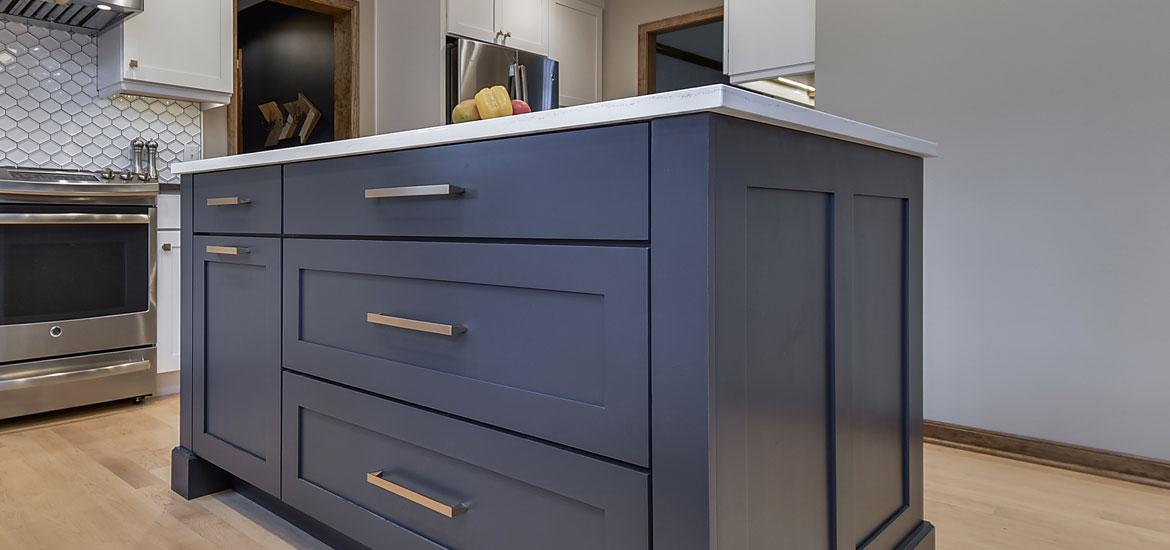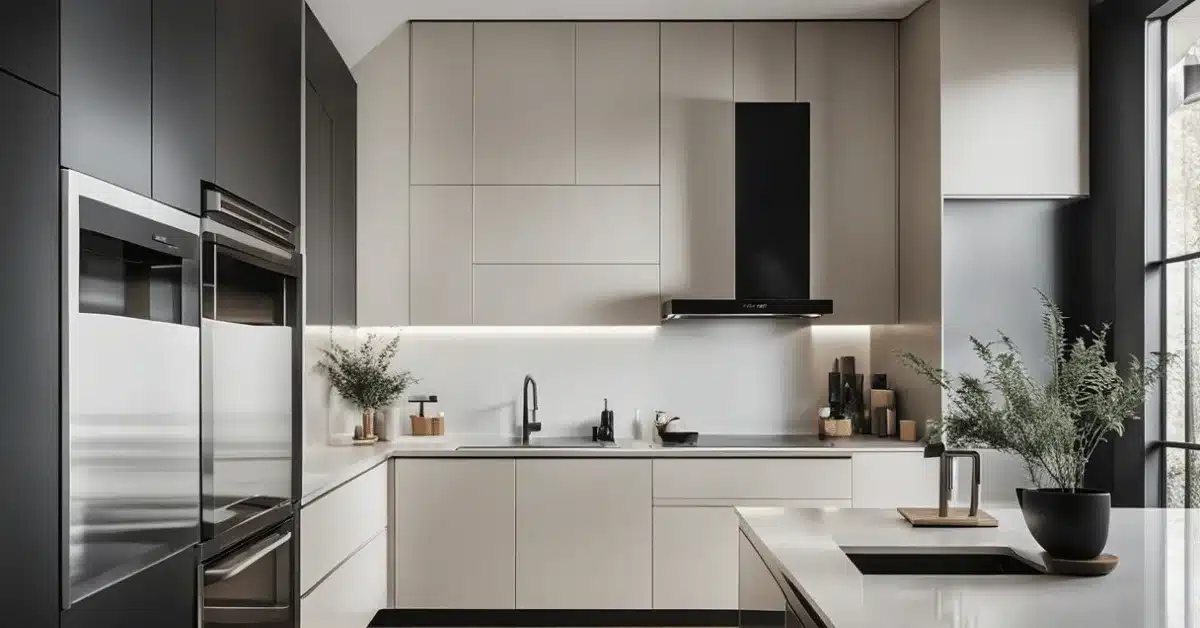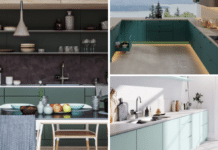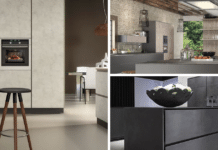The kitchen remains to be one of the most sacred places in a home. This is the place where not just food is prepared, but also family and friends get the time to catch up and interact while sharing.
This has seen many homeowners pay a lot of attention to their kitchen design. Yes, there are a few things that will forever remain standard. These are comfort, good looks, and an efficient kitchen design.
However, on top of that, you’d also want to be trend-led, so that your kitchen design always remains relevant to the current times. This means employing technology, being environmentally cautious, and focusing on sustainability.
So which design encompasses all these?
Unlike cooking, there isn’t one recipe for a great kitchen design. On top of the basics, the final look, feel, and technology used in your culinary workspace entirely depends on what you want. This means that you have total control over key areas such as the layout, tiling, cabinets, appliances, and so forth.
But where should you be paying the most attention to?
Looking at 2020 trends, for instance, most kitchen designs have focused greatly on storage space and sustainability.
As far as storage space is concerned, this has been a key focus area for homeowners with mostly small kitchens. The idea is to move towards more concealed storage spaces that maximize actual working space in the kitchen and make it more convenient to work in it.
On the other side, sustainability is more focused on using environmentally friendly, quality furniture, and products that we use in the kitchen.
So, how can you put all these, and many more, together, with a bit of personal touch to get an amazing design for your kitchen? Read on to find out.
1. Open Shelving
Despite looking good on the magazines, open shelving is not the go-to for many homeowners. The main reason for this is that open shelving requires a matching set of appliances and kitchenware to fully blend in with the rest of the kitchen.
But is that entirely the case?
Having the right kind of shelves and good organization is what makes this cabinet design tick.
For instance, open shelving is great for smaller kitchens where an airy, roomy feeling is paramount. They introduce light and add an airy feel to the kitchen, which creates the illusion of space.
More importantly, open shelving is efficient. There are no doors to obstruct you while moving around in the kitchen, which increases your working space. Moreover, everything on the shelves is easily accessible.
Yes, you still have to be thoughtful about what you put on the shelves. Mismatched appliances can damage the overall aesthetics, making the entire design a disaster.
The use of oak wood for cabinetry is slowly creeping back into the bathroom and kitchen. In most cases, this design incorporates either driftwood or cerused finish.
But where did this design originally come from?
The use of oak wood for cabinetry dates back to the ‘70s and early ‘90s. These cabinets were common in a honey spice stain and were a mainstay in many kitchens. However, the 2000s saw other materials, such as cherry and maple, become more popular than oak wood.
And even now, options such as painted MDF and wood veneer are the most popular.
So why use oak wood?
Given their vintage heritage, oak wood cabinets add a nice vintage touch to your cabinetry. This makes them the perfect choice for a retro-style kitchen. These cabinets add dimension, color, and texture to your kitchen, with a final touch of soft luxury that makes the kitchen look splendid.
3. Transitional Styling
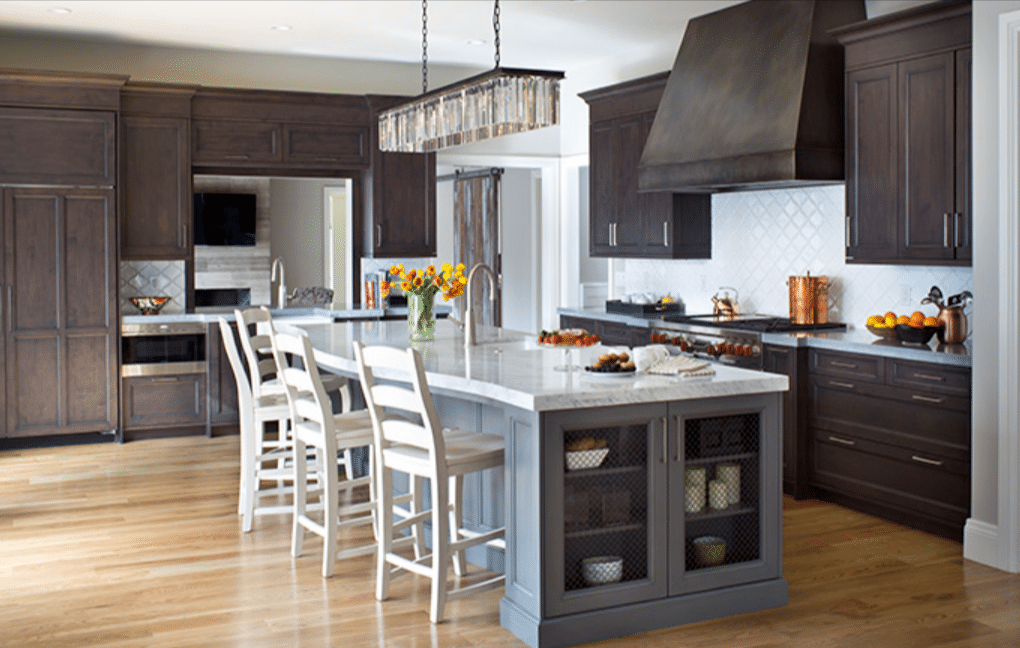
Transitional styling involves adding contemporary design elements to a traditional design without losing its traditional authenticity. This design suits anyone who loves modern minimalism but still craves the nostalgia of traditional design.
For instance, you can combine natural stones or stone-like tiles with white walls or matchwood wainscoting with modern glass or leather furniture.
So, how far can I take this?
Well, that depends on the degree of blend you desire. Transitional styling can either be subtle or dramatic. For example, you can incorporate European-style cabinetry with ornate architectural detailing on the ceiling and walls of a pre-war building for a more dramatic style.
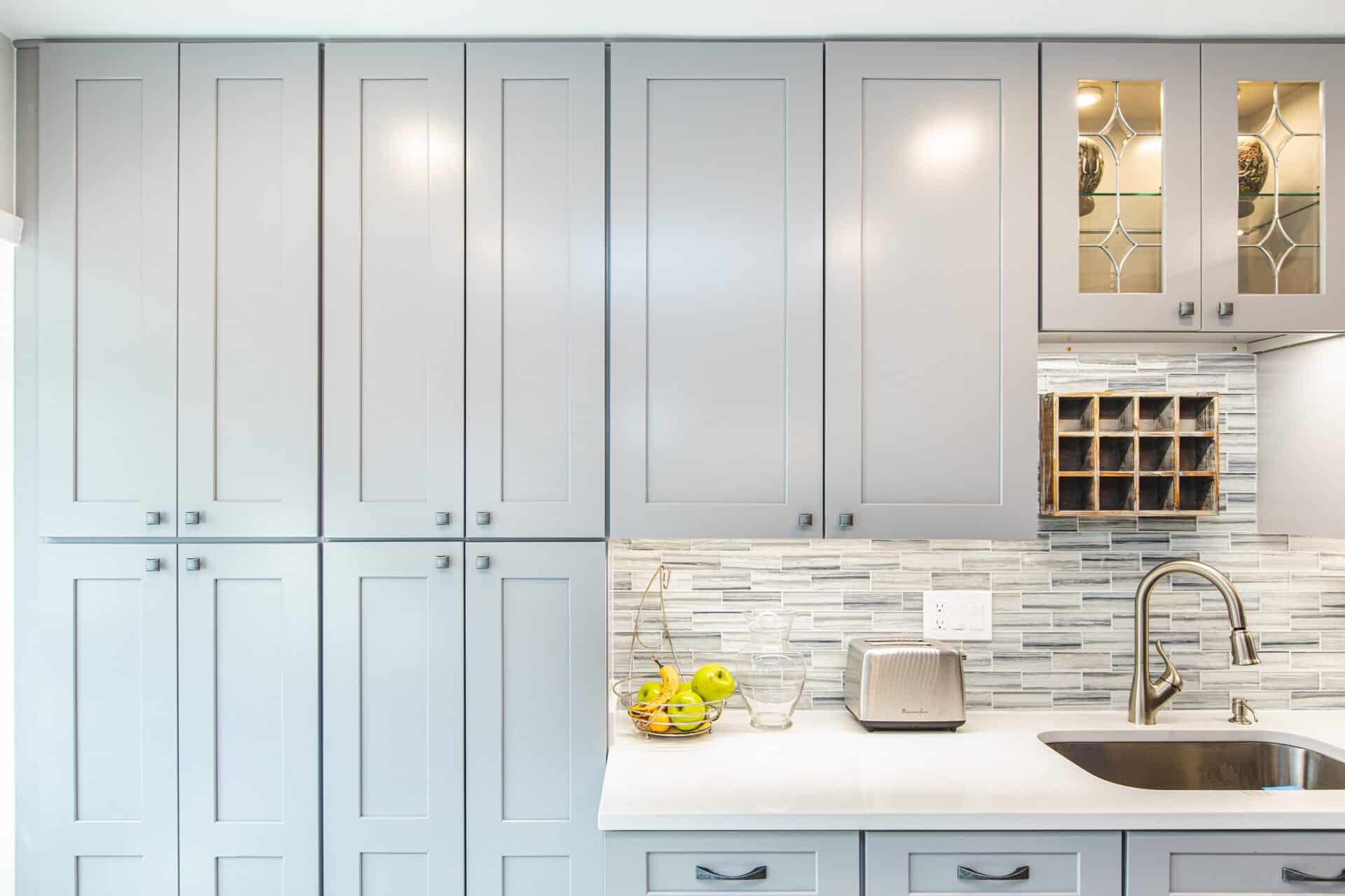
Shaker-style cabinets are one of the most interesting kitchen cabinets, still lingering around traditional design.
The shaker cabinet door style usually features a five-piece door with a recessed center panel. However, the design details vary depending on the specific design you’re going for.
Slab drawer doors are the most common choice for modern designs. On the other hand, five-piece drawer fronts are usually the best choice if you’re going for a transitional kitchen design.
5. Reclaimed Wood Cabinetry
This kitchen cabinetry style is born out of the need to be sustainable and eco-friendly, something that not only companies but consumers are driving towards.
Reclaimed wood kitchen cabinetry uses wood reclaimed from bamboo to non-biodegradable material such as recycled plastic bottles. The aim is to provide sustainable solutions for kitchen cabinetry design and improve material use and reuse.
Most reclaimed wood cabinetry features a rough-hewn, natural feel. Thanks to better environmental awareness, more companies are making these prefab materials, making them one of the most popular kitchen cabinet design options at the moment.
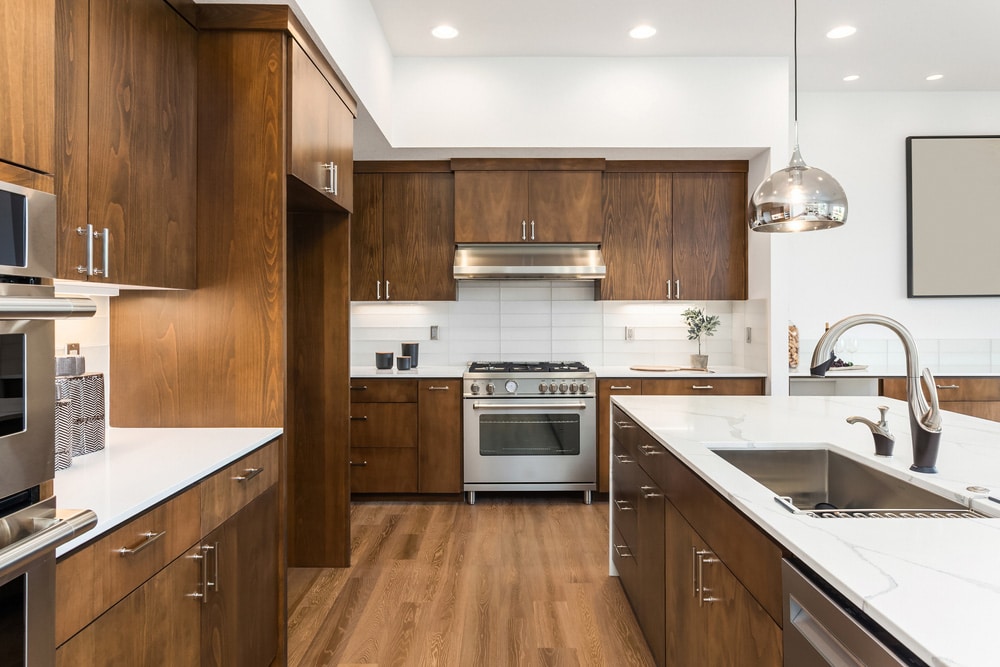
If you hate awkward center stiles and thick frames, the European-style cabinet should be your go-to choice. This cabinet design eliminates frames and center stiles, replacing them with thick boxes with full overlay doors attached to them.
The result is a frameless, full-access kitchen cabinet design. Moreover, it is one of the most modern kitchen designs available.
Euro-style cabinets are thus best suited for a contemporary design, where the emphasis is more on elegance and sophistication. Specifically, European-style kitchen cabinets come in natural, euro, or bolder versions. The natural version uses Roma, paint, Modello, and wood to provide a natural finish. On the other hand, Euro is more leaned towards high-gloss, textured, and matte finishes.
7. Color Customization
Color expresses personality in design, which is exactly what homeowners are going for when customizing their kitchen colors. This trend is so big that some manufacturers even allow customers to customize their color choices on the cabinetry they buy.
So, which colors are the most popular?
Despite each homeowner’s unique choice, most choose neutral colors such as soft greens, greys, and yellow. However, darker colors are still popular, with navy, black, and emerald green among the most popular.
Light colors, or neutral colors, are more popular in contemporary design. They offer a soft, clean, and simple look that blends well with the minimalist theme common with today’s modern kitchens.
On the other hand, darker shades are used to create drama and an extreme sense of luxury. However, they are not the most popular shades.
8. Clean Aesthetics
Speaking of minimalist design, this has been one of the biggest and most influential kitchen design trends of the year. So much so that kitchen cabinetry has significantly evolved under this wave. Currently, homeowners are opting for clean aesthetics when constructing their kitchen cabinetry.
This is preferred over the ornate design seen prevalently in traditional kitchen cabinetry.
So, what is considered clean aesthetics?
The modern kitchen cabinet features simple, clean lines and panel doors featuring smooth-edge profiles. This low-profile theme extends even to the cabinet handles, which come in low-profile styles that don’t demand too much attention.
In a modern kitchen setup, where this cabinet design shines best, the clean aesthetics complement other key kitchen components such as the countertop and the backsplash.

